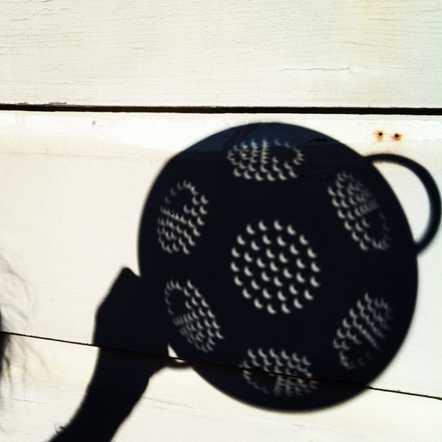- milandavidovic55
- Dec 15, 2022
- 2 min read
October 2022
I decided to give you a full view of the night sky looking North and South from Embsay this month. See if you can find your way around!

Looking North
11th October at 10pm or 25th October 2022 at 9pm
Looking North you will see the seven stars of the Plough, perhaps the most recognisable pattern in the night sky. It is in fact just a part of the constellation of Ursa Major, seen on the diagram above. It is a pattern that is seen throughout the year, although it changes its orientation when viewed in different seasons. Further up in the sky is Ursa Minor, very similar in shape but smaller and very important as it contains the Pole/North star.

Looking South
11th October at 10pm or 25th October 2022 at 9pm
Looking South, the most obvious highlights are the string of planets that seem to form a line across the sky -the brightest of them being Jupiter. Here is an image I took a while back.

Even with a modest pair of binoculars you may be able to spot the bands across its disc. You may even be able to spot the bright spots of its 4 main moons too. This is because Jupiter is closer to us than it has been for 60 years. It is very bright at the moment because it is currently ‘in opposition’. What does that mean and why is it so close? Click the link to find out more.
To the right in the sky is Saturn, much fainter but still easily visible to the naked eye. If you have time take a look. It is one of those ‘Wow!’ objects when you see it for the first time through good binoculars or better still, a telescope.
The Great Square of Pegasus is pretty much overhead. Face south and find the square. You will see the top left-hand star seems to have 2 sets of stars in line coming from it. Pick the upper line of stars and count 2 stars. Out just to the right is a fuzzy region. This is our nearest large neighbour galaxy. I find fixing your eyes just away from the spot gives you a better view. This technique is called averted vision. Having trouble finding it? https://earthsky.org/astronomy-essentials/2-ways-to-find-the-andromeda-galaxy/
Here it is, taken from Embsay. The line is a satellite that decided to photo-bomb the image during a long exposure leaving a trail.

Partial Solar Eclipse 25th October 11am
Please do not attempt to look directly at the sun.
You don’t need any special equipment to view the eclipse - just your hands! If it is a clear day instead of looking up, look at the shadow of the gaps in your fingers.
Place your fingers at right-angles to each other leaving small square gaps and look at the shadow.

Even a colander shadow will work, making many small image. Remember do not look directly at the sun but the shadow it makes.

The eclipse will begin just after 10am. Only a small portion of the sun will be covered (15.4%) as the moon passes between us and the sun. Just before 11am we will reach the maximum of the eclipse and by 11.50am it will be over.
Full Moon 9th
New Moon 25th
October 30th British summer time ends.
Clear Skies
Milan Davidovic






